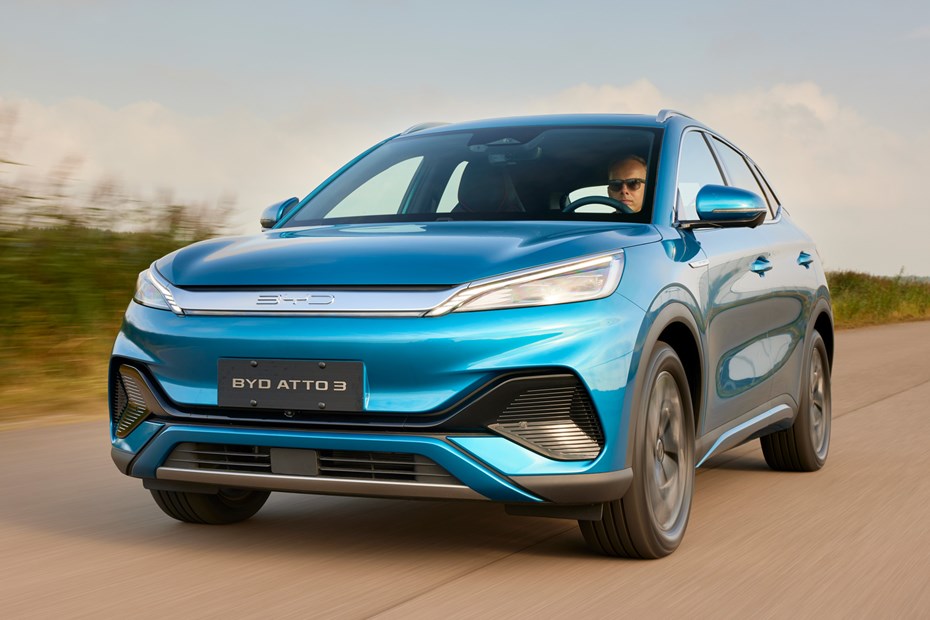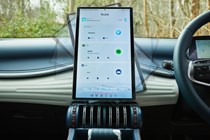BYD is another westwardly expanding Chinese electric vehicle manufacturer. It’s hoping to drag buyers away from brands such as Tesla, Volkswagen and Kia with its value-driven pricing and clever, safety-focused battery technology that promises usable real-world ranges and resistance to accidental combustion.
BYD (which stands for ‘Build Your Dreams’) is China’s largest electrified vehicle manufacturer. It has topped its home country’s sales charts for the past nine years in a row – and it was while European car makers were floundering during the component shortages after the Covid-19 pandemic that BYD spotted a gap in the market.
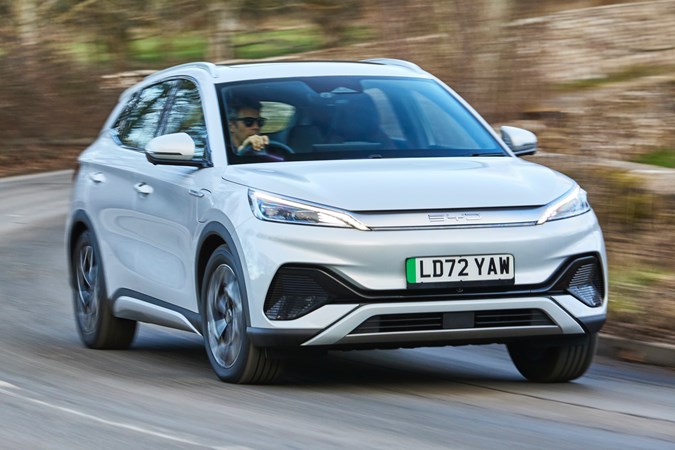
BYD’s electric cars will sell on their vertical integration. In simple terms, that means it manages its supply chain very well, making almost all the components it requires to build its cars in-house. We’re talking battery packs, electric motors, motor control units, microchips – the lot. Because of this, BYD is confident it won’t have any scheduling interruptions. If you order your car to arrive on the 10 August, it’ll be on your door for the 10 August.
The company also has some pretty ambitious climate goals. The firm says it wants to lower global temperatures by one degree Celsius but, rather confusingly, it hasn’t yet set a deadline for when it wants that decrease to have happened. Obviously BYD can’t make this happen by itself, so it’s asking for other manufacturers to adopt its attitude.
Fortunately, BYD has at least explained how it wants to lower temperatures. The brand has stopped sales of all its combustion-engined cars and is completely focusing its energy on its electric vehicles.
What are BYD’s electric cars?
So far, BYD has confirmed it’s bringing three of its electric cars to the UK. There’s the Atto 3 family SUV, the Seal saloon and the impressively affordable Dolphin hatchback. All three were designed with the European market in mind, although the brand has also shipped a couple of its Chinese-market cars to the west.
There’s the Han saloon (which is somewhat of a Tesla Model 3 competitor) and the seven-seat Tang SUV (which targets the same market as the Kia EV9). Sadly, neither are available in the UK because neither were engineered to be compatible with right-hand drive markets. Scroll down to learn more about the BYD cars you can buy in Blighty.
BYD Atto 3
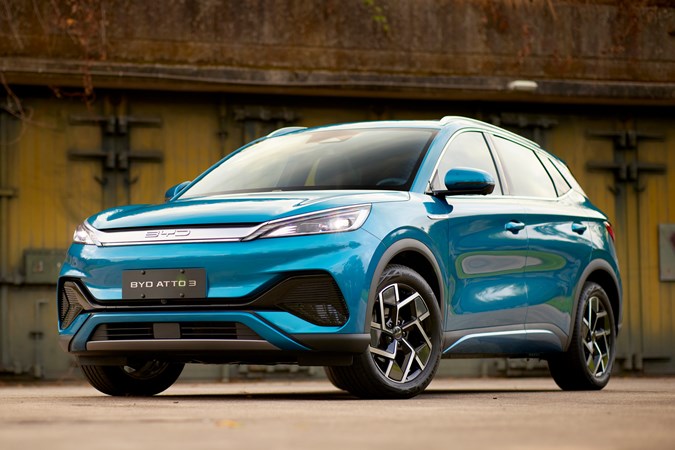
Read our BYD Atto 3 review
The Atto 3 is an interesting addition to the electric SUV market. It’s sized to compete against the likes of the Volkswagen ID.4 and Kia Niro EV but, unlike its Chinese competitors, it doesn’t trade on its aggressive pricing strategy. Quite to the contrary, in fact – its price is similar to its European rivals, as is its build quality, driving experience and practicality.
It feels like a real step forward for the Chinese car industry. It even has its own character, with funky guitar string door pockets, a shift lever that’s designed to look like the throttle lever on a commercial airliner and an unusual revolving infotainment system that can switch from landscape to portrait mode at the touch of a button. Our biggest concern is BYD’s patchy dealer network – but we’re sure that’ll improve in the coming months and years.
BYD Dolphin
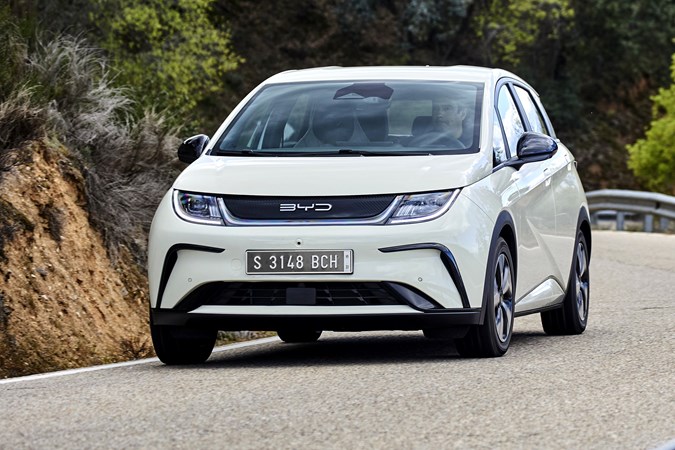
Read our BYD Dolphin review
The BYD Dolphin is a direct competitor for the MG 4 – it’s almost identically sized and, with a starting price of around £25,000, it’s equally affordable. It also undercuts cars like the Volkswagen ID.3 and Fiat 500 Electric. It’s a good effort, offering buyers loads of space and a perfectly acceptable EV range for not a lot of money. However, we thought it was lacking a little bit of polish.
It isn’t that engaging to drive and there are far too many warnings from the assistance technology as you drive along. And, while the cabin offers plenty of space for passengers, the boot is a little smaller than the MG 4 or ID.3’s. BYD’s charging tech is a little slower, too – the fastest DC speed it can accept is 88kW, while its main rivals can charge at more than 100kW. For the money, though, we feel these are small sacrifices to make.
BYD Seal
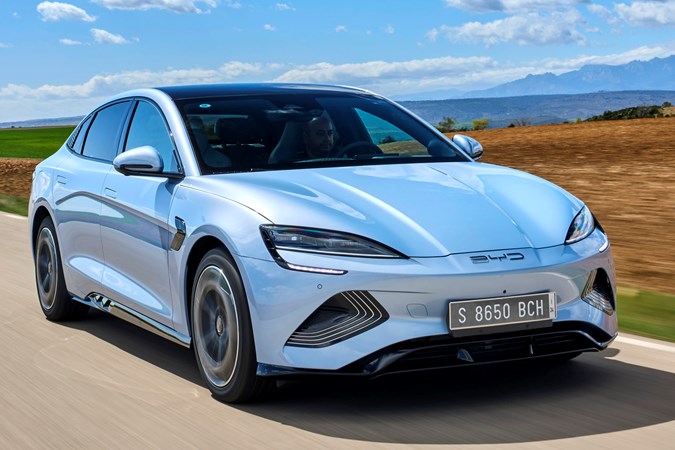
Read our BYD Seal review
BYD obviously isn’t content with only making practical, boxy family cars. Meet the Seal – a swoopy electric saloon designed to tackle the likes of the Tesla Model 3 and Hyundai Ioniq 6. It has a maximum range of more than 300 miles and a 530hp dual-motor powertrain that’s capable of punting the car from 0 to 62mph in 3.8 seconds.
Granted, that’s not quite as fast as the Tesla Model 3 Performance (which can dispatch the same sprint in 3.3 seconds), but it’s still pretty rapid. When we drove the Seal abroad, we also found its performance to be more repeatable than the Tesla’s – the BYD withstood an entire day of repeated full-throttle launches, while the Model 3 will chuck its toys out of the cot after four or five.
What else should I know about BYD electric cars?
Because BYD builds all its components in-house, the company is constantly innovating. Its latest development is a new type of damage-resistant battery pack which the company calls ‘Blade.’
Battery safety is an important topic in China, as there have been several cases of faulty EV cells exploding while charging. So, BYD sought to reassure the Chinese public with a new kind of lithium iron-phosphate battery, which it says is more stable and durable than the lithium-ion chemistry used in most other electric cars.
BYD says you can drive a nail through the wall of its Blade battery and it won’t smoke or ignite. It also says the cell has survived being crushed, bent, hugely overcharged and superheated in a furnace to 300 degrees Celsius without combusting.
As an added benefit, BYD’s Blade battery doesn’t use cobalt. This decision ties in nearly with the firm’s eco-conscious image, as cobalt is a notoriously polluting material and can damage the health of the miners extracting it.
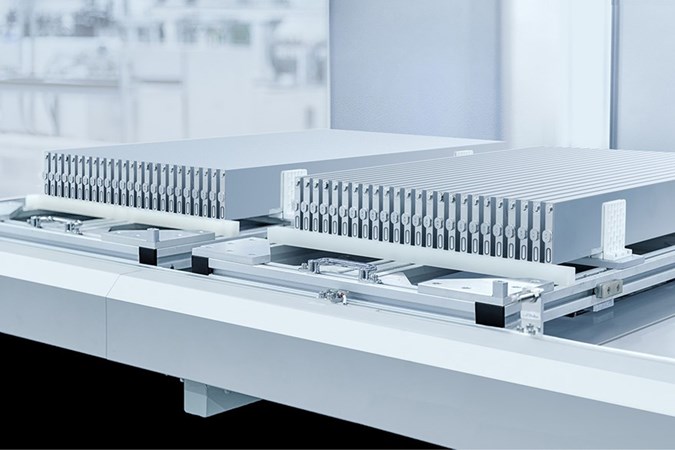
All the BYD cars destined for the UK will be based on the brand’s e-Platform 3.0 chassis. Clunky name, clever tech – it’s a modular electric platform on which the firm can build anything from a dinky hatchback to an enormous SUV. BYD’s assistant general manager Brian Yang told us his company could easily cover all the major vehicle segments if the demand was there.
The Blade battery is also a stressed member in the e-Platform 3.0 chassis, which BYD says stiffens its cars’ chassis and makes them safer in accidents. The thinking paid off with the Atto 3 as, when Euro NCAP crash tested the car in 2022, the wreckage left the facility with a full five-star safety rating.
Watch this space. There’s much more to come from BYD.



